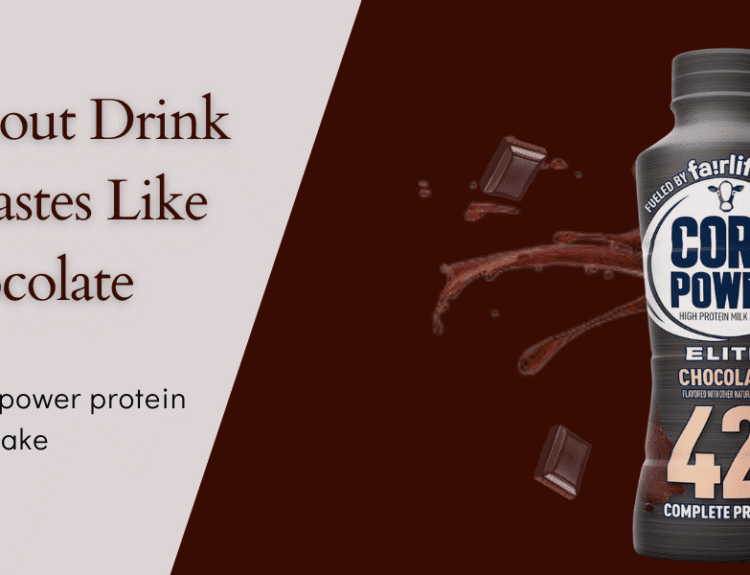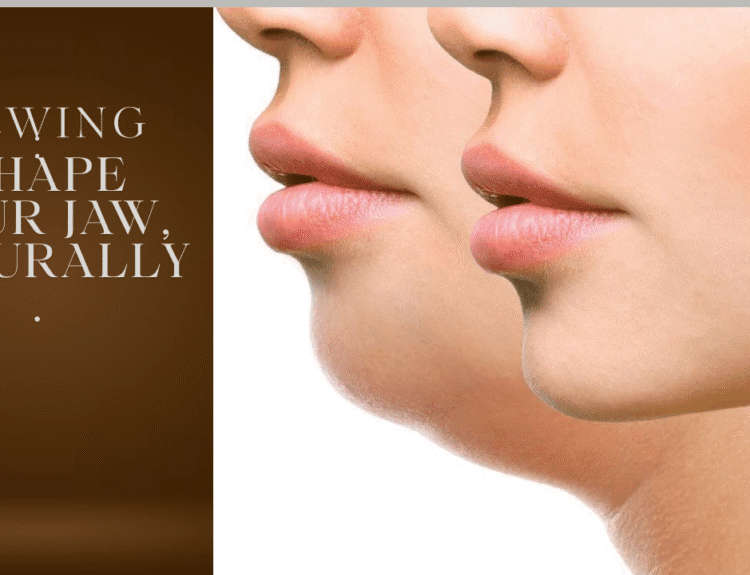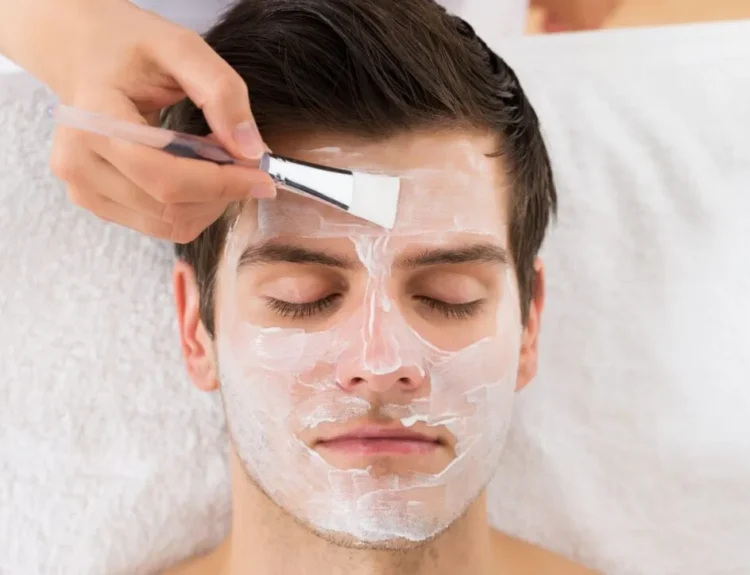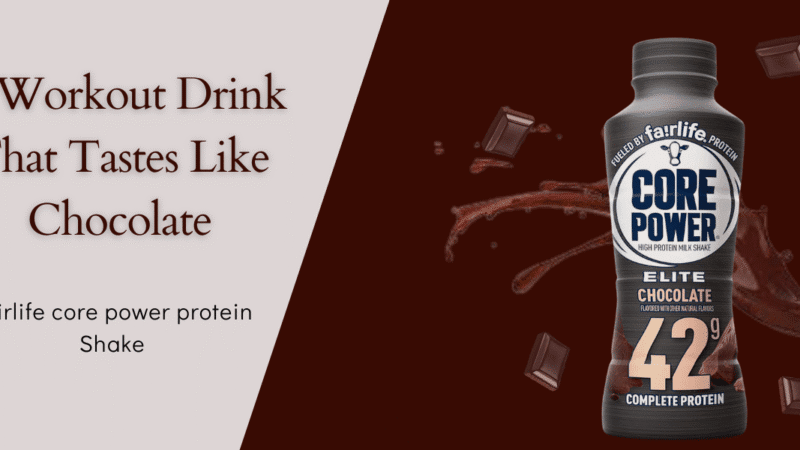The summer has arrived. Sunlight, perspiration, and, for many of us, heat rash are all part of that. It appears unexpectedly after working out, taking a stroll outside, or even just lounging in a warm room. Heat rash, sometimes referred to as prickly heat or miliaria, may be the cause of your sudden red pimples or itchy, prickly skin.
Don’t worry, though. It’s common, and you can prevent it from returning and heal it quickly with the right self-care.
Heat Rash: What Is It?
When sweat glands become clogged, heat rash results. Sweat becomes trapped beneath your skin because it is unable to escape. That results in tiny blisters, pimples, or red spots.
It may appear minutes or hours after perspiration. The most typical locations? Anywhere skin rubs against skin or tight clothing, including your armpits, groin, neck, back, and under your breasts.
Particularly after working out, people frequently confuse heat rash with acne. Your skin might simply need to cool down if you’re perspiring a lot or wearing tight clothing.
Signs Heat Rash Self-Care Is Necessary
Uncertain whether it’s heat rash? The following are the main indicators:
A prickly or itchy feeling
tiny red pimples or spots
slight edema
A stinging or burning sensation
Anywhere perspiration is trapped, such as your face, chest, thighs, or back, these symptoms may manifest.
Simple Heat Rash Self-Care Tips
The good news? Heat rash is not a serious condition. If you take good care of it, it usually goes away in a day or two. Here’s how to calm your skin and stop it from happening again:
1. Quickly cool down
Heat and humidity are ideal for heat rash. Take a cool bath or shower after perspiring. Even using a spray bottle to apply cold water to your skin is beneficial.
Your best friend is air conditioning. After working out or being outside, use fans or air conditioning to keep your skin cool and dry.
2. Wear Breathable Clothing
Heat rash self-care requires wearing light, loose clothing. Steer clear of tight clothing that obstructs the skin and retains perspiration.
Select organic materials such as cotton. Steer clear of synthetic materials that don’t breathe as well, such as polyester or nylon.
3. Reduce Itching
To relieve the irritation, you can use over-the-counter products:
Calamine lotion to relieve itching
Hydrocortisone cream to lessen swelling and redness
Emollients to moisturize and protect, such as Aquaphor or Vaseline
An oral antihistamine may help you sleep if itching keeps you awake at night.
4. Drink plenty of water
Be sure to stay hydrated. Dehydration makes it more difficult for your body to cool down, and sweating results in fluid loss. Maintaining adequate hydration promotes healthy skin and helps control body temperature.
5. Take Off Your Wet Clothes
Immediately change out of perspiring clothing after working out or being outside. You don’t want damp fabric to stick to your skin and obstruct your sweat ducts.
6. When to Worry
Heat rash is uncomfortable but harmless. However, it’s also a warning sign. If you’re overheating, although uncomfortable, heat rash is not harmful. But it’s also a red flag. Your body is exerting a lot of effort to cool itself if you’re overheating.
Remain vigilant. A more serious condition, like heat exhaustion or heat stroke, may be the cause of your headache, dizziness, nausea, or confusion. If you experience those symptoms, get medical attention right away.
Conclusions Regarding Heat Rash Self-Care
Although it can be annoying, heat rash is easily treated with a little attention. Cool down, clean up, and give your skin a rest as soon as you notice those red pimples or experience that burning, itchy feeling.
You can enjoy the summer sun without feeling irritated by taking smart care of your heat rash. Thus, keep your skin cool, your water bottle full, and your clothing light.









